Sidelined from Sports Injuries
Millions of kids and teens put their bodies on the line daily so that they can pursue their passion of playing a sport that they love. Whether it be scoring a touchdown or hitting a home run, high school sports are a great way to bond with friends and become better athletes. The rewards come with risk though. Most athletes have seen a fellow teammate push their body too hard, or fall down after twisting an ankle or knee, or even sustain a head injury. Little do they know that this injury could last them a lifetime, and may never go away. Injuries will never be entirely stopped, but by understanding the events that lead to an injury, and how to prevent them, will allow athletes to better take care of themselves and stay healthy and in the game.
Injuries:
- Condition: One common reason for injuries is the poor condition of some athletes. Treating them could all depend on whether it is a genuinely physical problem, or just poor shape. If someone has a serious issue with their bodies, they should not be able to play sports, because playing would just hurt them even more. If they are in a poor condition, they should go through progressive and challenging conditioning. This injury is most common in football, but can be found in any sport.

- Concussions: One of the most painful and costly injuries, concussions are caused by repeated blows to the head, which cause damage to the skull and brain. Dependent on how hard the head is hit, it could cause mental disabilities. A second consecutive concussion, known as “Second Impact Syndrome” could lead to permanent brain damage, or even death. Coaches should watch the game closely and pull out players immediately if they suspect a concussion to keep their players safe.

- Ankle: Ankles can be twisted, fractured, broken, or snapped. Twists can ruin ones nerves in the ankle which lead to the foot. Fractures can ruin a child’s growth plates in their ankles, to the point where they will have trouble developing. Breaks can permanently ruin the nerves in the foot. Snaps combine twists, fractures, and breaks. The only thing that can save ones foot is going through surgery to get their foot back, aligned with the ankle. Ones foot could be restored to perfect health, but there will most likely be permanent damage.
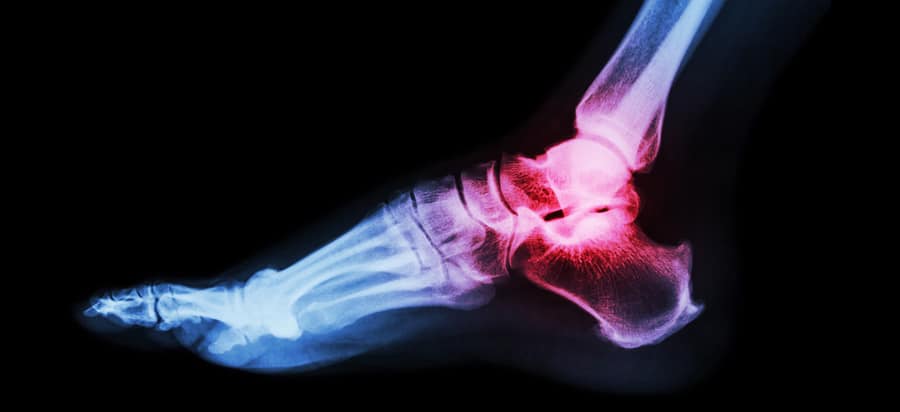
- Spine: Spines are very strong, but when injured, they can affect a person’s entire life. The spine is what helps people stand and connects nerves to the foot. Sustaining a severe back injury can cause paralysis. Junior Andrew Joseph has experienced an injury similar to this. “I broke my back, and I recovered by participating in the non-stop grind.” said Joseph. This shows that not everyone sustains severe injuries from the back, but this teen was very lucky. He was able to recover due to his good condition, which means that if he was in a bad condition, he could be going through serious physical therapy at this time.
- Knees: Knee injuries could prevent someone from walking ever again. Contact straight on with the knee could prove disastrous. The picture below represents the multitude of places where the knee could possibly be injured. It should be for coaches and parents alike to observe issues like this.Baseball player and Sophomore Jacob Fairbanks is very talented, but sustained an injury which could have stayed with him. Thankfully, the baseball team has a trainer named Alex come in and use conditioning to prevent injuries and improve player’s strength. “I tore my ACL and I recovered from the help of the great coach Alex,” said Jacob.

Solutions:
- Condition: Sports teams should go through a week of hardcore conditioning before going into action, to make sure players are prepared. These types of workouts are mostly used in boot camp for the future soldiers, but it can also be found in certain sports. The football team and baseball team use this technique at the start of the season. It should not be too difficult, but enough to train the players.
- Concussion: The best way to prevent concussions is to give players more protective gear. While it will not make it impossible to get a concussion, it is still the best preventive measure. Not much can be done besides this other than teaching players how to safely play without endangering themselves and others. Football, for example, teaches new players how to safely tackle without head-to-head contact.
- Ankle: There are many dirt piles and holes on football fields. Those should be evened out and taken more care of, rather than the condition of the grass. Giving players ankle guards is another solution. On the baseball team, some players use an ankle guard to keep their ankles from getting injured. The players only use it when they go up to bat, so maybe and innovation to this product can be made so that it could be used when running. This could make it more useful to more sports, such as basketball, football, and lacrosse.
- Knees: Knee injuries are more common in sports such as football, and wrestling. Teams in football should get heavy penalties for tackling players at their knees. Players will become more aware that this will affect their team, and they will hopefully stop going for the knees. In wrestling, contact with the knee is taught and a useful strategy. This should be changed to prevent early knee injuries that can remain for a lifetime.
“Watching season ending injuries is the most difficult part of sports injuries,” athletic trainer Ms. Burns said. “An athlete who has conditioned for months can become injured in the blink of an eye and be sidelined for the remainder of the season. I have witnessed everything from concussion, broken bones that come out of the skin, to spine boarding athletes for neck injuries. Seeing an athlete return to the field or court following an injury is the reason I am an athletic trainer. Making sure athletes are well conditioned, eat and hydrate properly, listen to their coaches, and report injuries quickly can help prevent serious injuries from occurring.”

Hey! My name is Riley O'Connell and I am a senior. I play on the greyhound baseball team and am part of the drumline. I have also taken part in the performing...



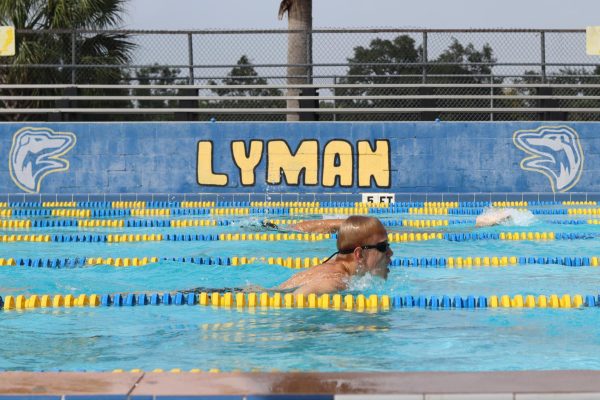



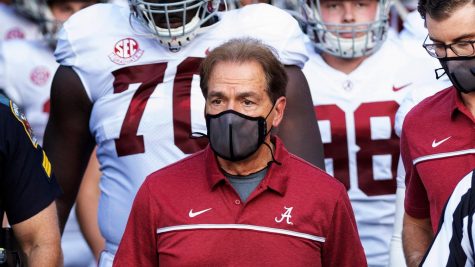

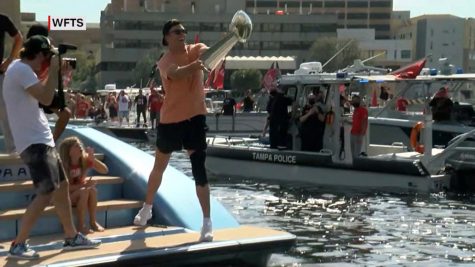
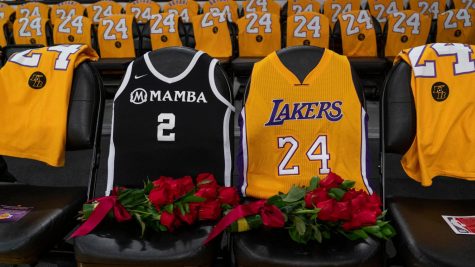

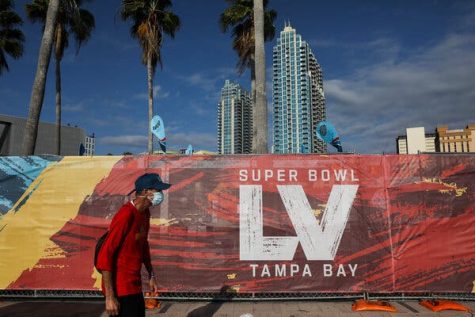

Trevor Minnich | May 5, 2021 at 12:17 pm
I myself have a ongoing back injury that has greatly affected my life, academics, and well being. It was interesting to read about other kinds of injuries and how they can impact one’s life.
Bryce Ware | Mar 1, 2019 at 7:35 am
I have snapped my ankle and I’ve seen other people with some of these injuries and i now understand how dangerous it is.
Anne-Elise Clark | Jan 9, 2019 at 12:56 pm
This is very well written and it really brings light to what athletes risk playing the sports they love.
Zoe Xavier | Jan 9, 2019 at 8:54 am
This is a great article, really informative for kids that plan on doing sports.